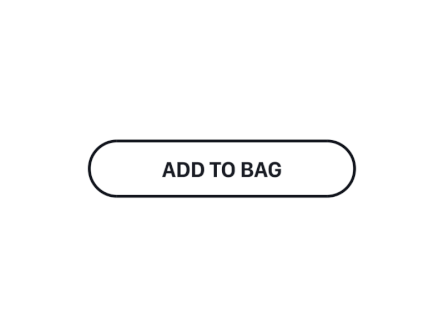Everyone is different. We all have different needs, preferences and abilities. Therefore, website design should take into account that not everyone has the same access to information. Web accessibility is the process of making digital content accessible to everyone, regardless of their physical, technical or mental abilities. Many people assume that accessibility limits user interface design. This is not the case. In fact, there are more and more positive examples of good design that is also accessible. With the growing importance of accessibility, there are simply more opportunities for designers to exercise their creativity and create stunning designs that are both functional and visually appealing.
Web accessibility - what is it?
You probably know the toilet symbol. Or the disabled parking sign. Both are standards that everyone knows and understands instantly. They make our everyday lives easier because we don't have to explain where the toilet is or which car park is for disabled people. Web standards are similar - they define how things should look and work on the web. For example, there are standards for web pages, videos or images.
Web accessibility means that websites are designed so that as many people as possible can use them - whether they have a disability or not. It means, for example, that a website is easy to read and can be used by people with visual impairments. Or that a website is designed so that people with motor impairments can use it easily.
Animations are characterised by their benefits
👉
Perceptibility
Content must be designed to be equally accessible to all users. This means, for example, that the font size should be adjustable or that alternative text labels should be available for images.
👀
Operability
The 2nd principle describes that the content must be designed in such a way that it is possible for all users to access the desired information at any time. This includes, for example, that links can also be operated with the keyboard or videos can be interrupted and restarted.
💬
Comprehensibility
Content must be designed in such a way that the content it contains is understandable and its operation is comprehensible. This includes, for example, the language of the website or the structure of the information.
👟
Robustness
The 4th principle states that the content must be implemented in such a way that it can be used by current and future user tools (e.g. screen readers).
📣
Sie liefern Originalität & Kreativiät
⏳
Sie können Wartezeiten überbrücken
The WCAG standard sets out a number of success criteria that websites must meet in order to be accessible and understandable to all users. There are 3 levels of conformance: A, AA and AAA. Depending on the number of success criteria a website meets, it is classified in one of these three categories.
Level A is the lowest level and includes only the basics of web accessibility. AA is the intermediate level and requires a site to be a little more thoughtful. AAA is the highest level of compliance and means that a website addresses all aspects of the standard.
It is important for businesses to know which level of compliance they should be aiming for. Obviously, the higher the level, the greater the effort. But even small steps can go a long way to ensuring that the website is accessible to all users.



Types of animations
Micro Animations
Small animations that provide feedback or demonstrate an action
Scroll-Animations
Animations that are triggered when the user scrolls through the website
Loading animations
Animations that are displayed during the loading process
Transition animations
Animations that show the transition from one page or section to another
Visual Effects-Animationen
Animations that add visual effects to enhance the user experience
Who does accessibility matter to?
Many people think that web accessibility is only important for people with disabilities. But that's not true! Everyone, at some point in their lives, may find themselves in a situation where they need the help of web accessibility. Whether it's because of an illness, an injury or as we age, any of us may need help at some point. Web Accessibility is also important for children and teenagers, as they have no experience with it and therefore need help.
Web accessibility is also important for businesses, governments and other organisations that use the Internet. Many organisations have legal obligations to make their websites and applications accessible to everyone. Although there is not yet a legal obligation for the private sector in Europe, it is morally and commercially sensible to design websites and applications so that all users have equal access.
Key Take-Aways
🏆
Keep it simple!
🏆
Die Animation sollte einen Nutzen erfüllen
🏆
Die Animation sollte zur Marke passen
🏆
Test & iterate!
Conclusion
In summary, web accessibility is an increasingly important issue that requires collaboration between designers, developers, copywriters and content creators. To ensure that a website is accessible, the WCAG 2.0 guidelines should be followed. Although it can sometimes be difficult to follow all the guidelines, it's important that we all do our part to make the web accessible to everyone.
You have some questions about UX & UI Design?

